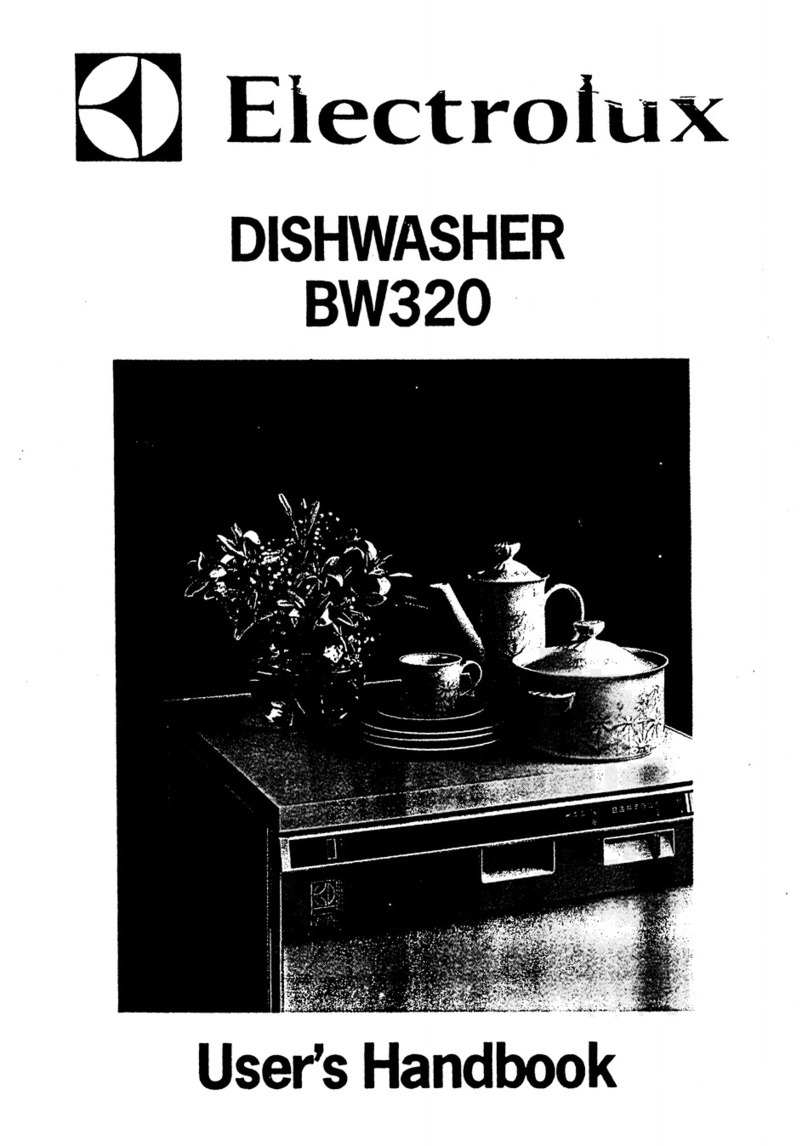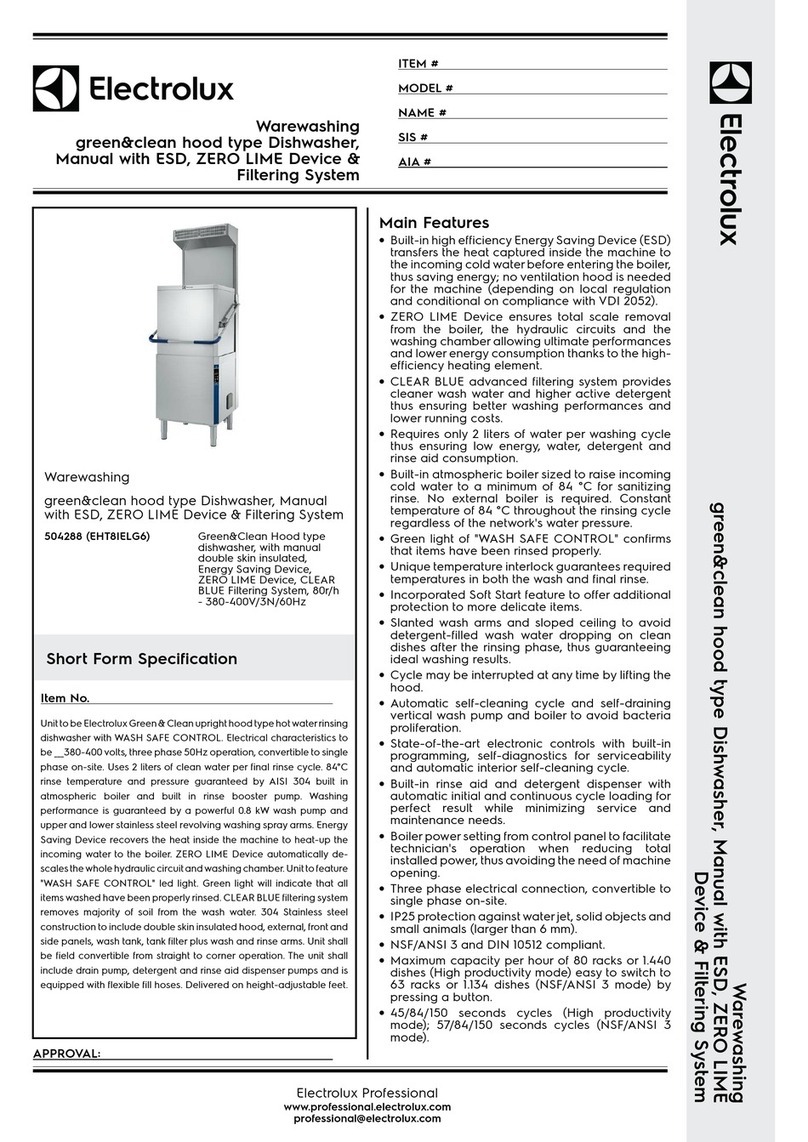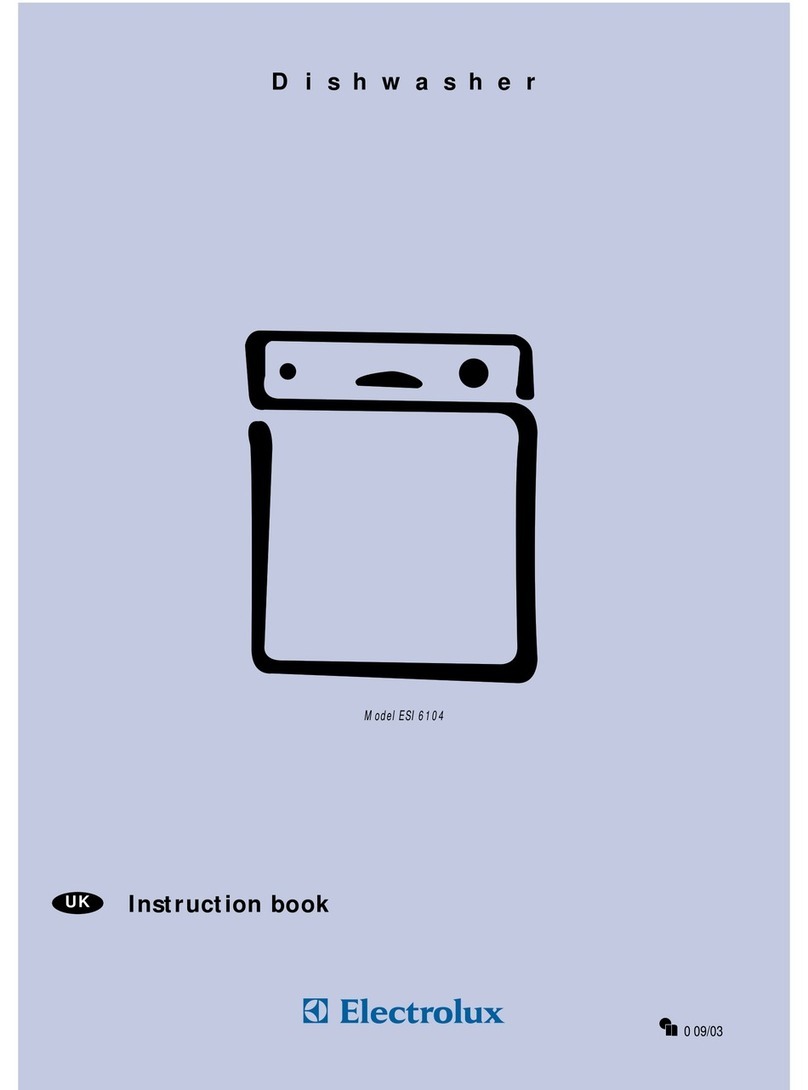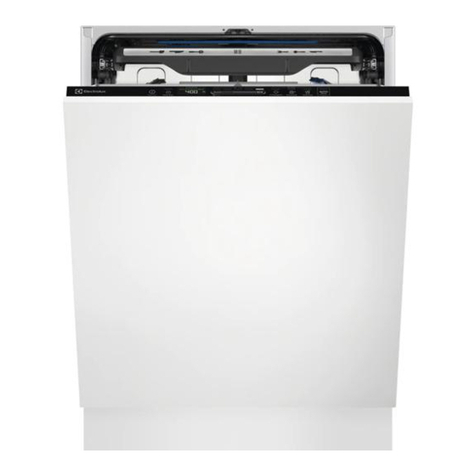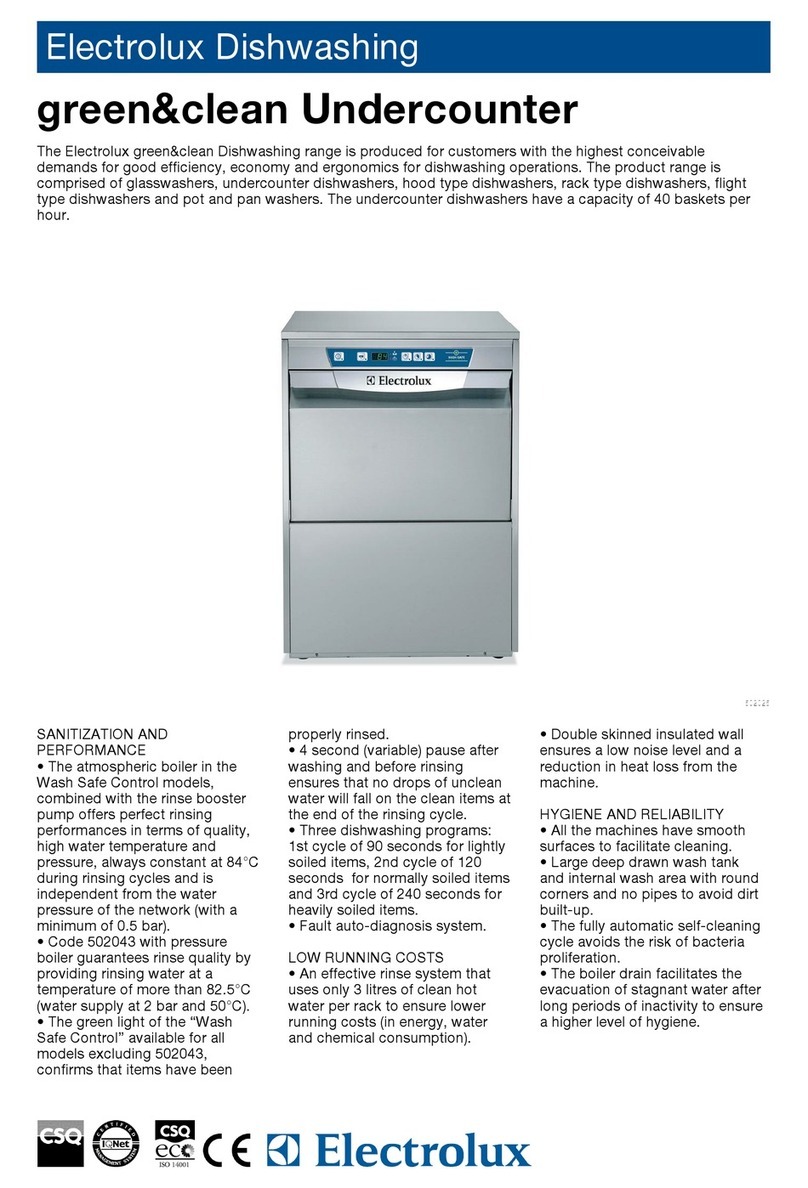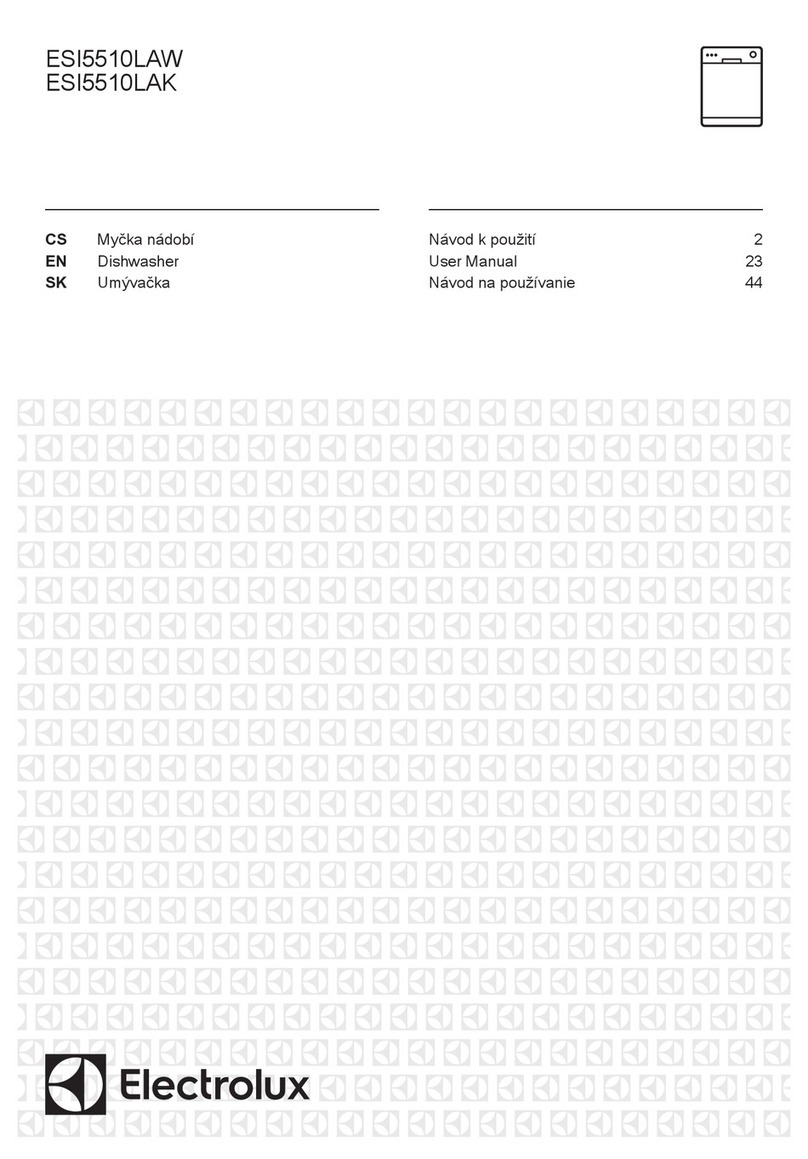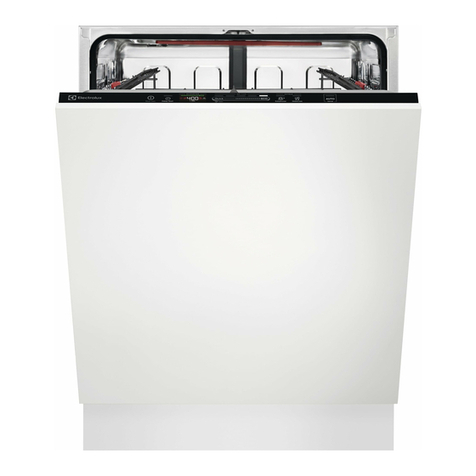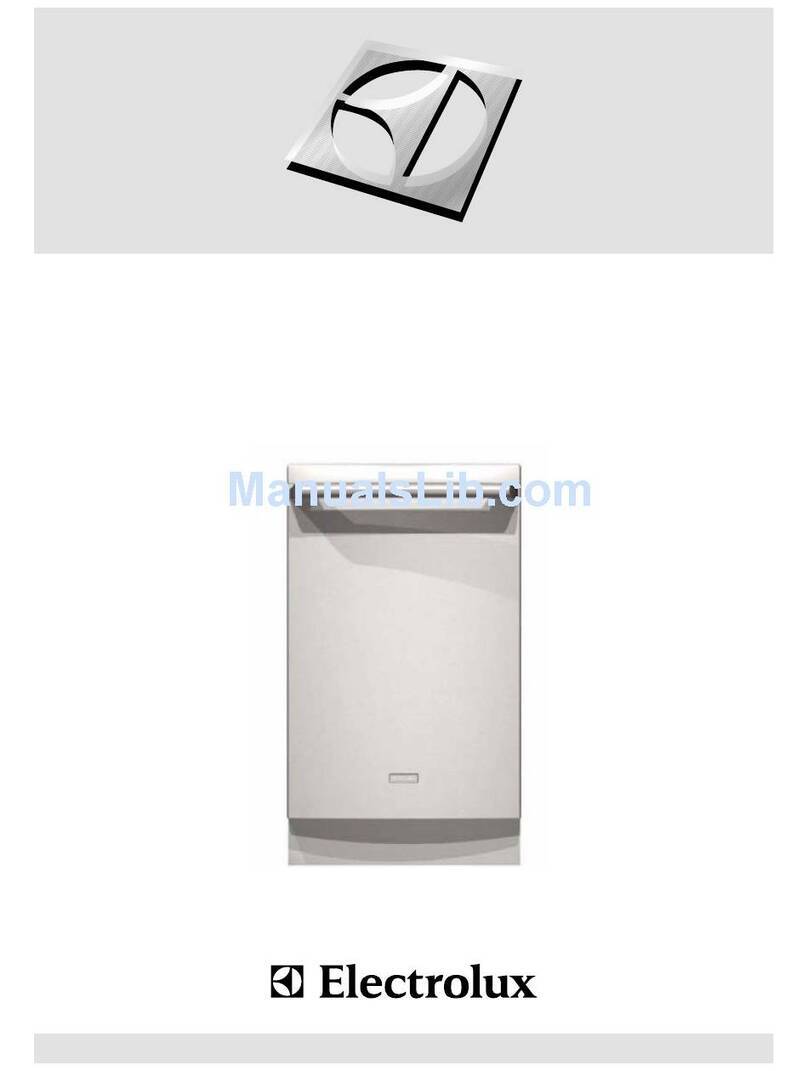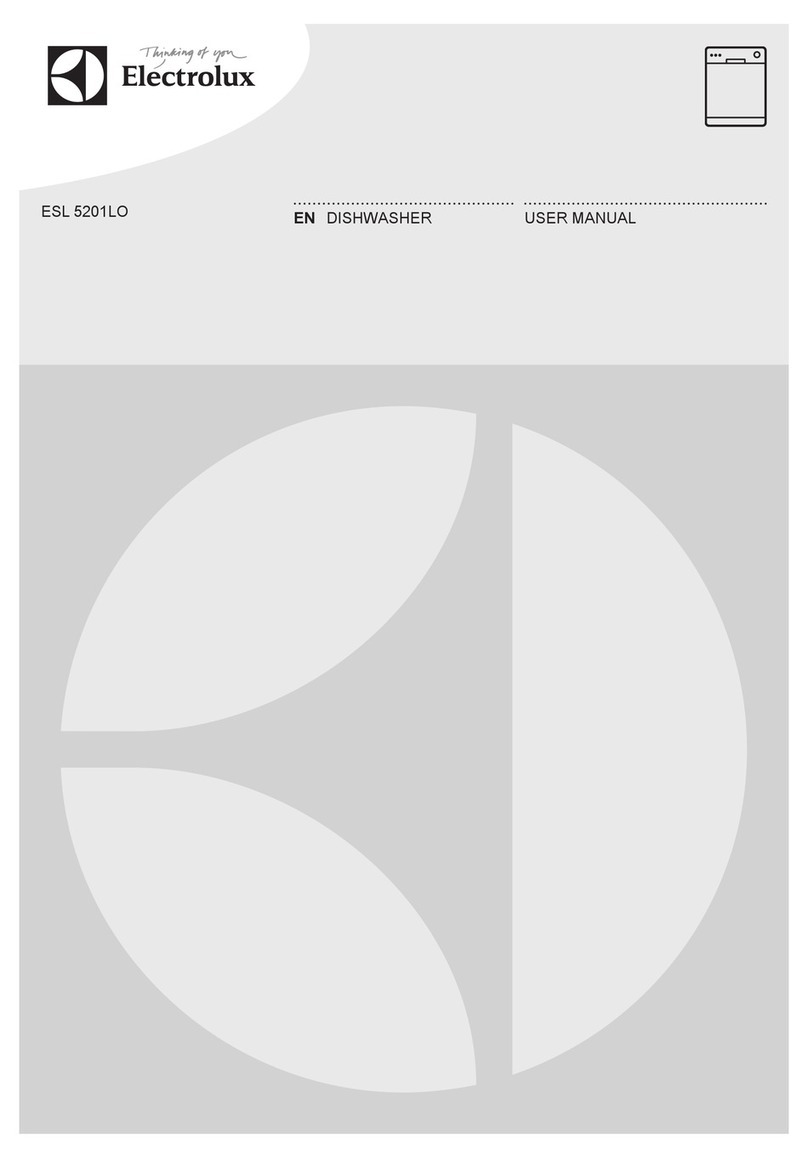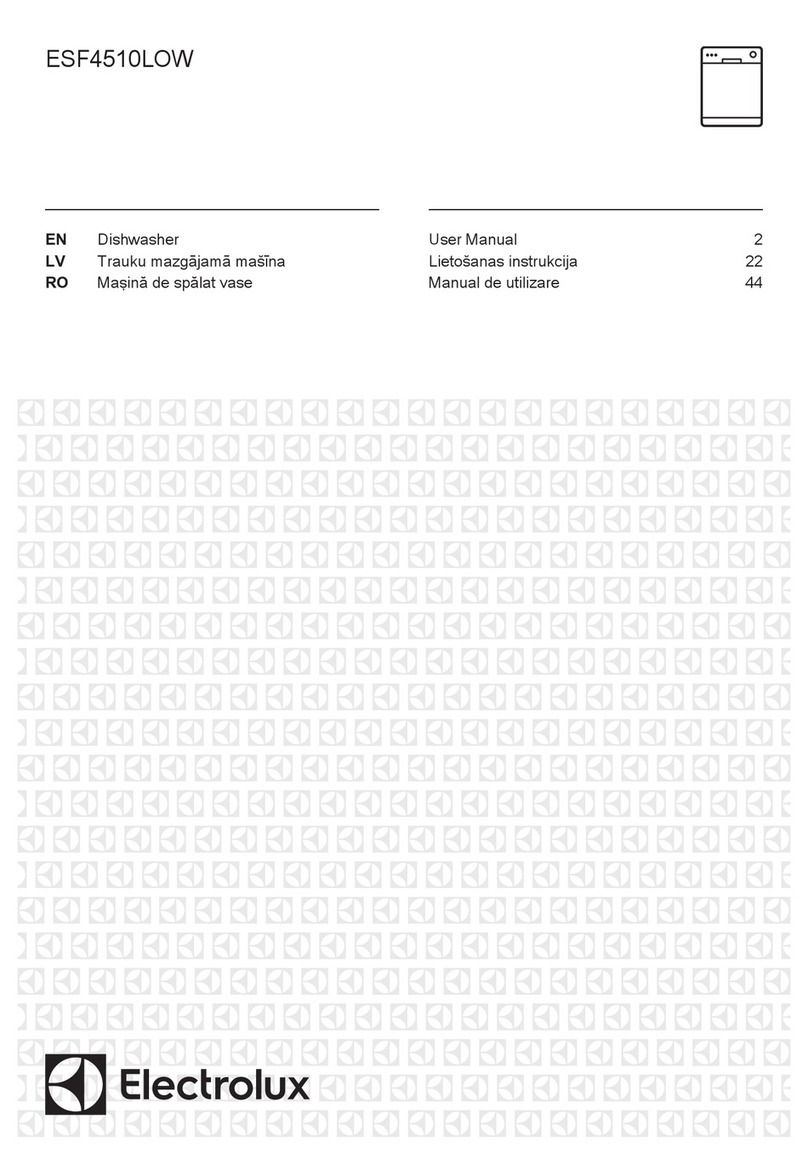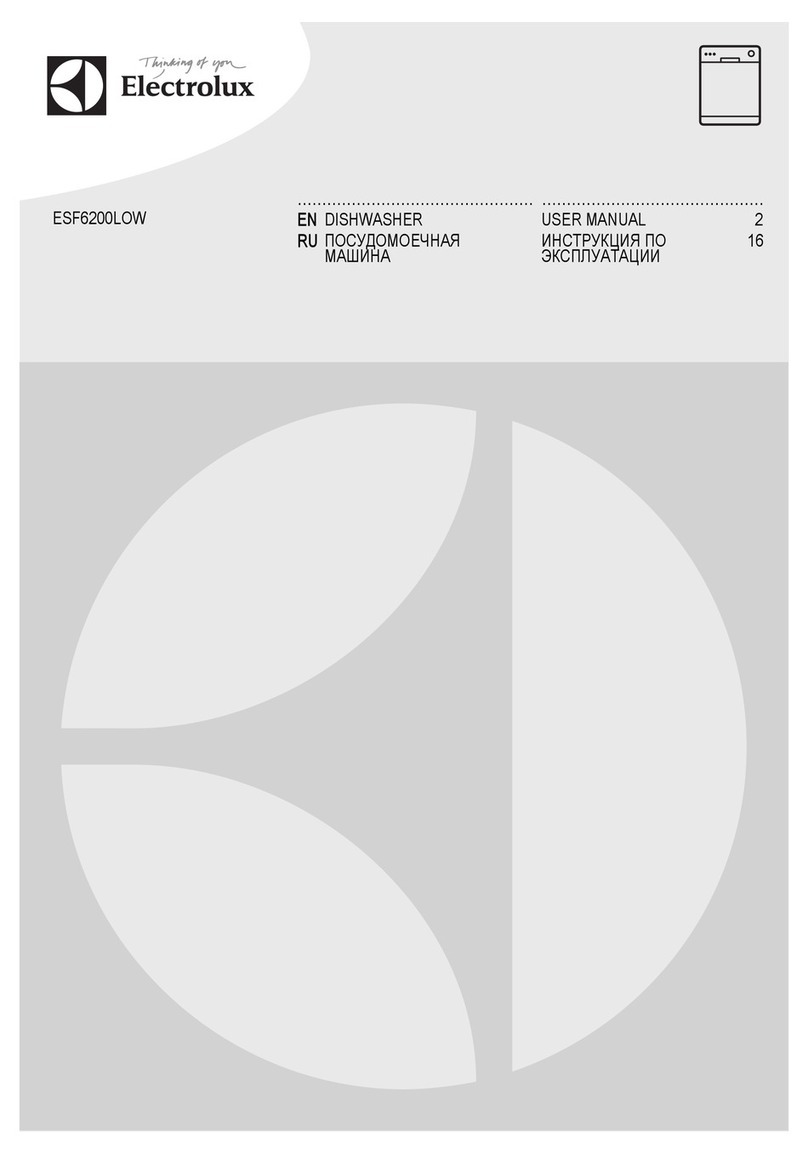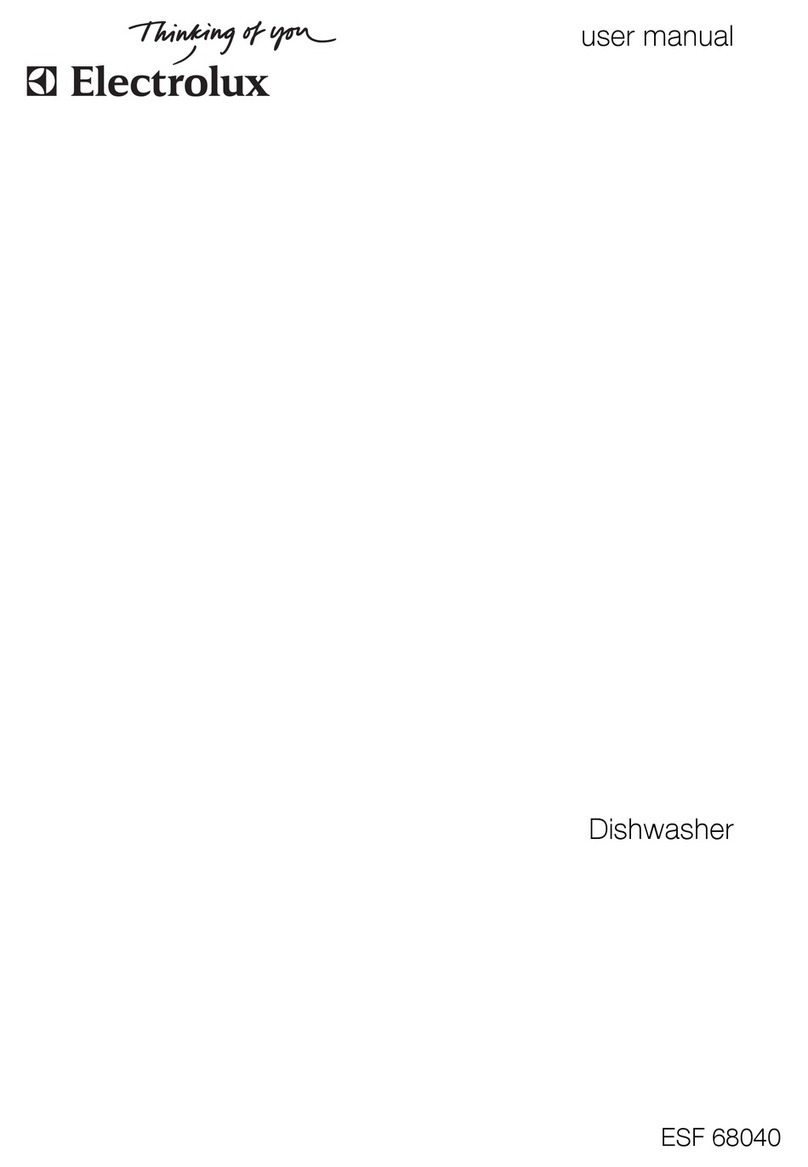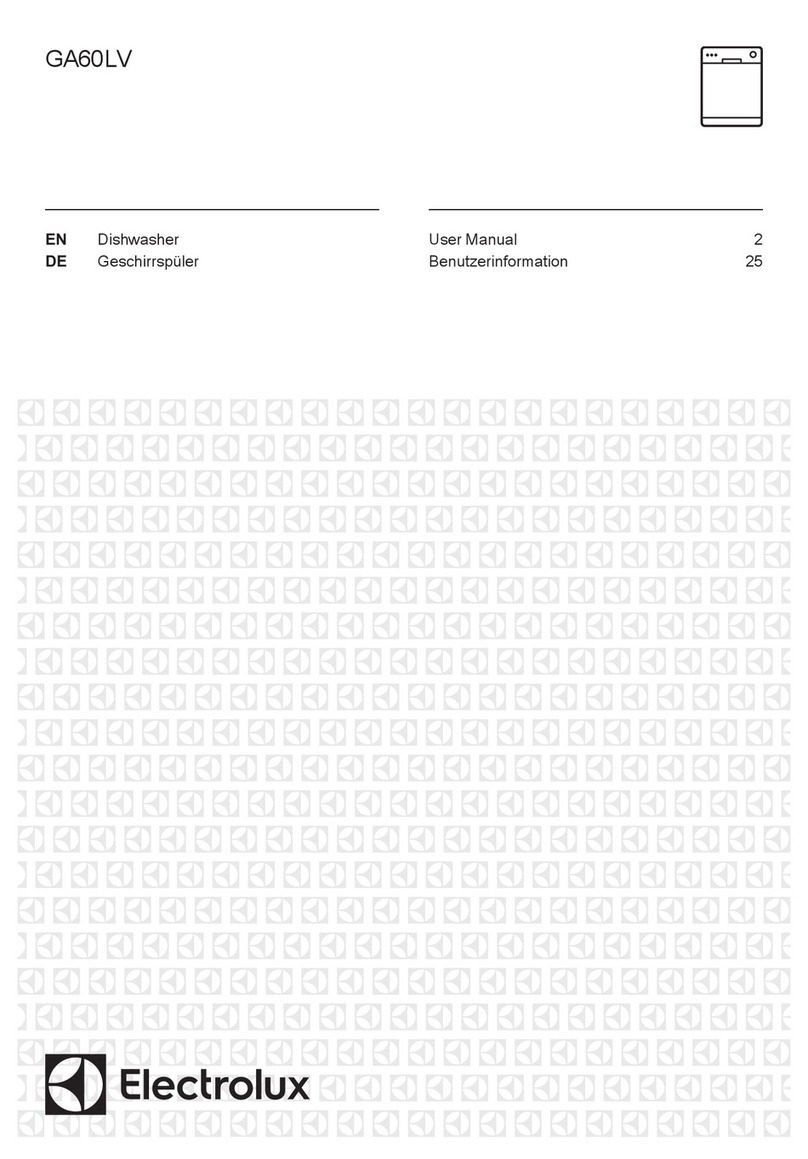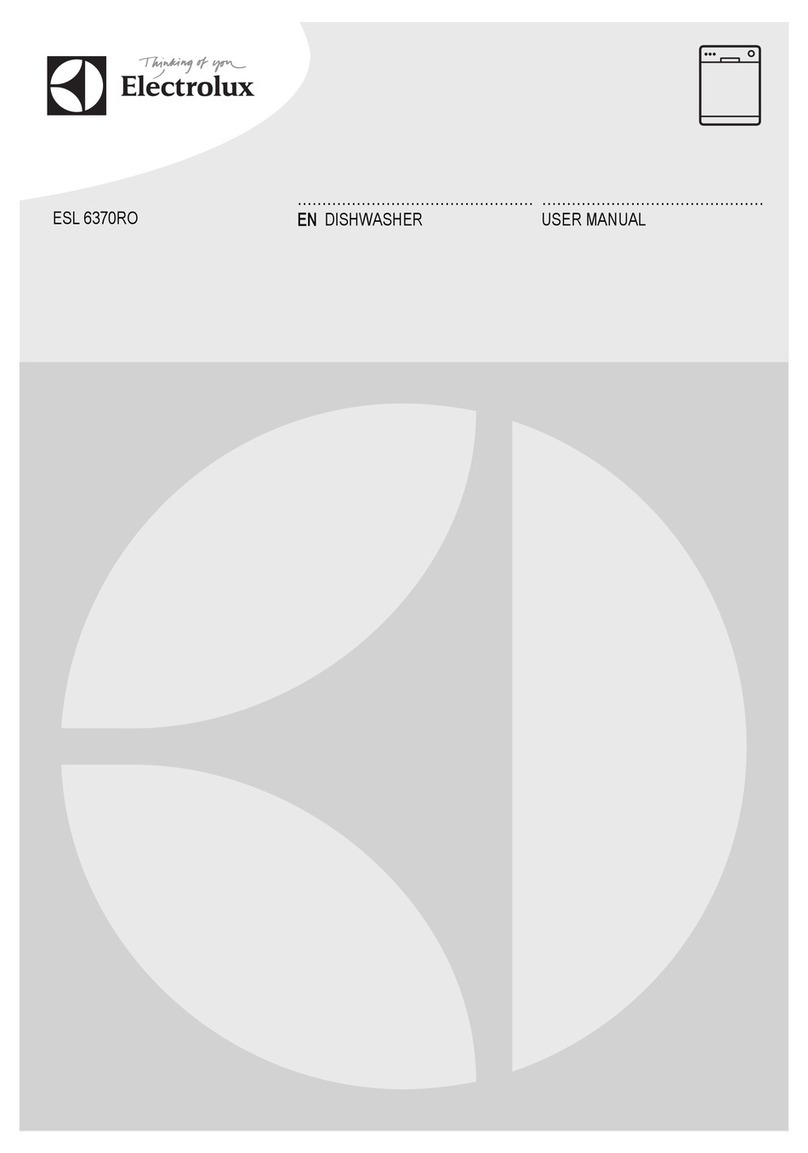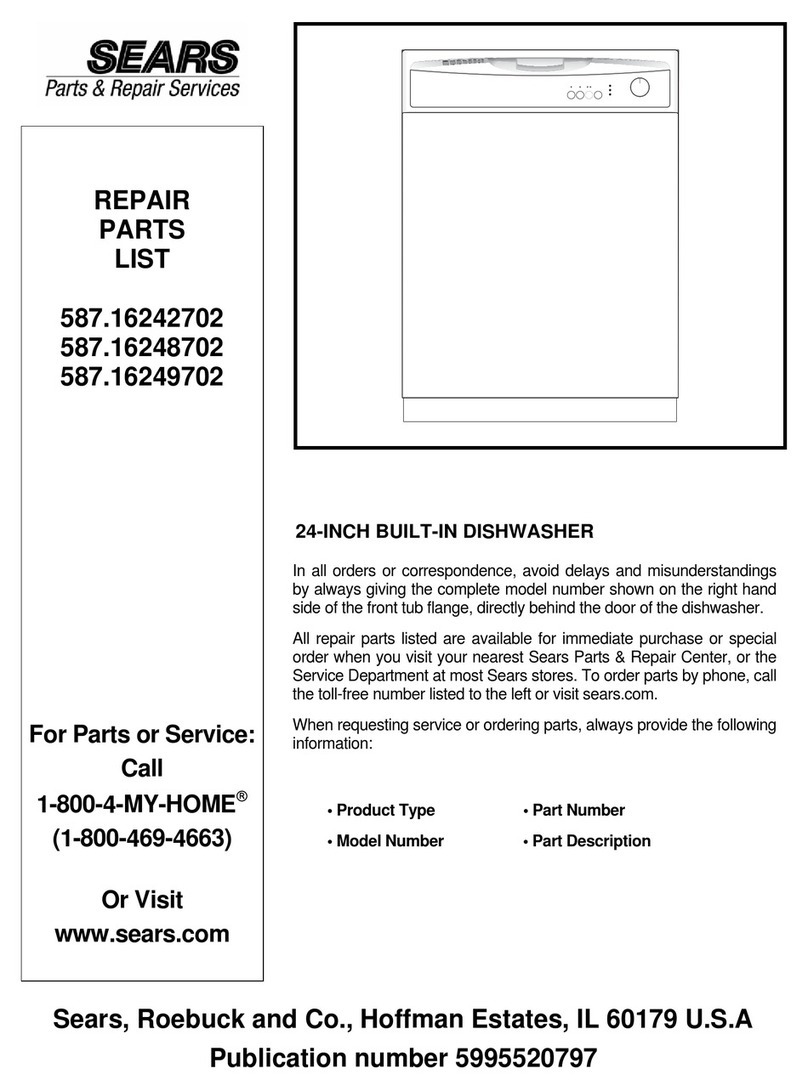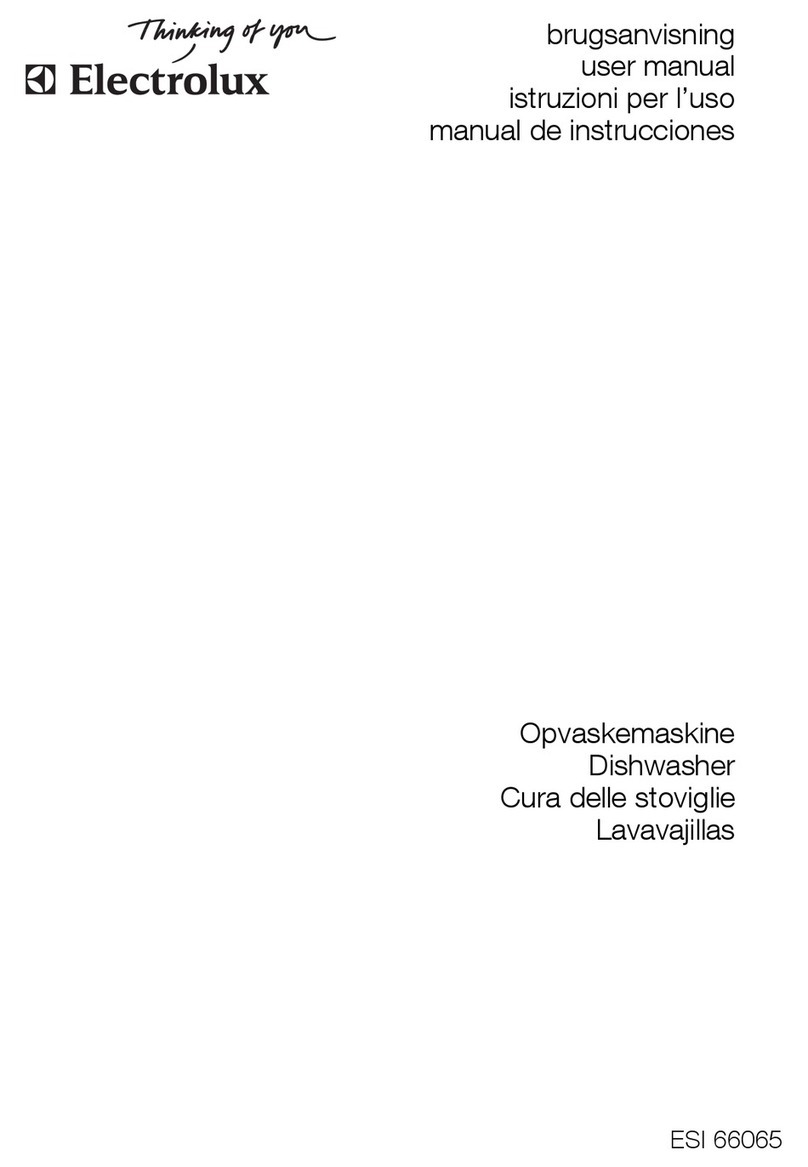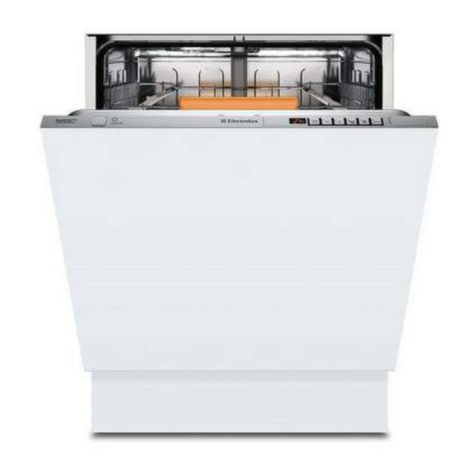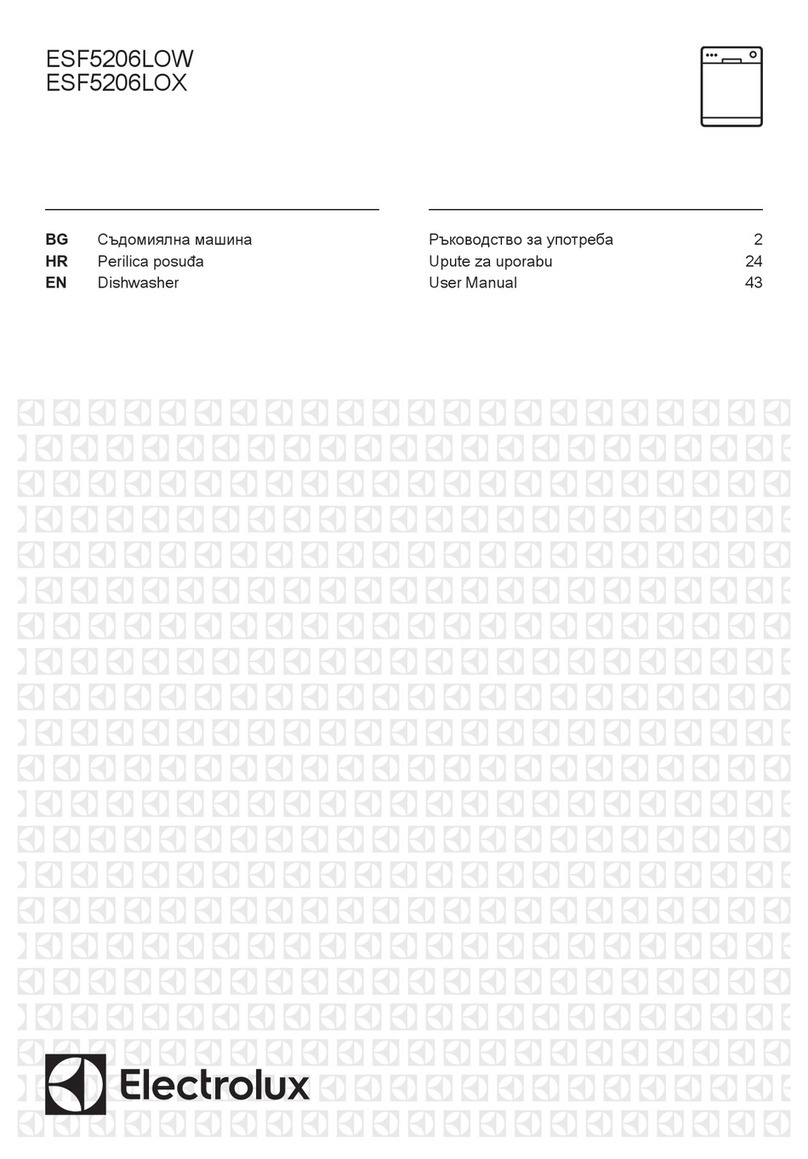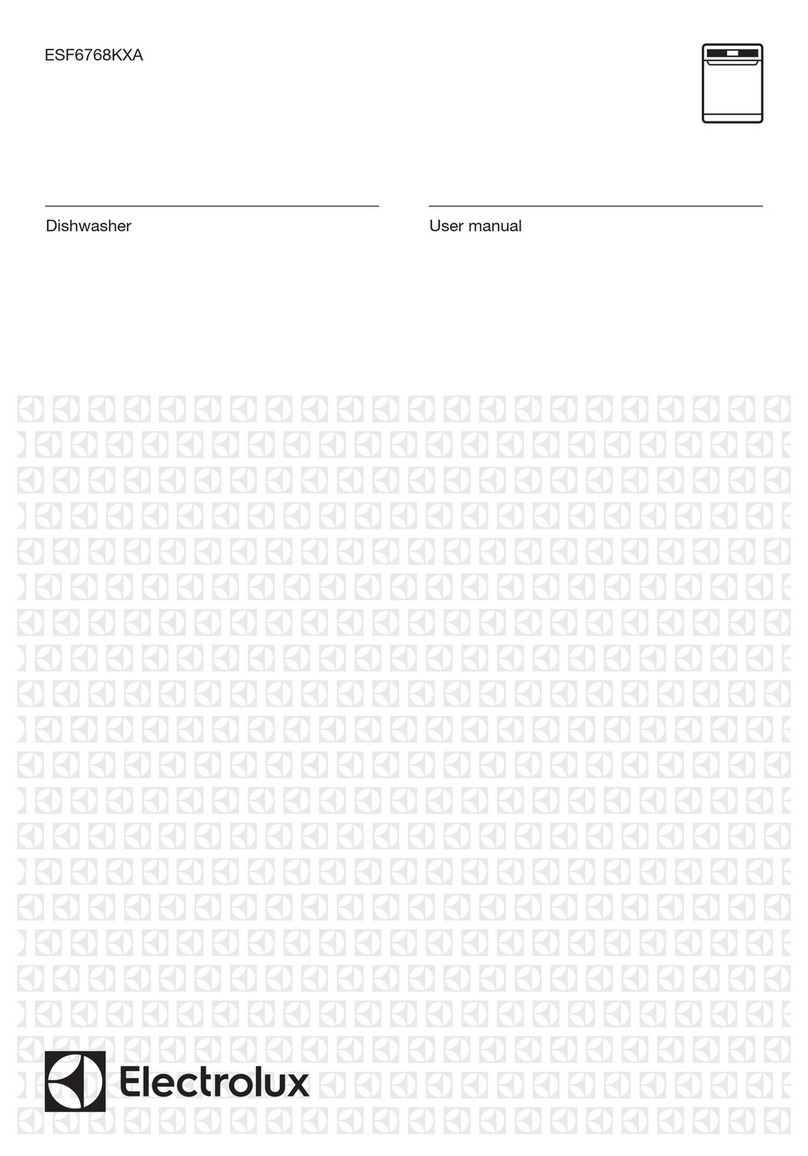5
CCoonntteennttss
A SAFETY INSTRUCTIONS .......................................................................................................................7
A.1 Children and vulnerable people safety...............................................................................................7
B GENERAL INFORMATION ......................................................................................................................8
B.1 Introduction.................................................................................................................................8
B.2 General safety instructions .............................................................................................................8
B.3 Additional indications.....................................................................................................................8
B.4 Definitions...................................................................................................................................8
B.5 Machine and Manufacturer’s identification data ................................................................................... 8
B.6 How to identify the technical data .....................................................................................................9
B.6.1 How to interpret the factory description .................................................................................... 9
B.7 Responsibility ..............................................................................................................................9
B.8 Keeping the manual .................................................................................................................... 10
B.9 Recipients of the manual .............................................................................................................. 10
B.10 Copyright.................................................................................................................................. 10
B.11 Personal protection equipment ...................................................................................................... 10
C GENERAL SAFETY RULES................................................................................................................... 11
C.1 Introduction ............................................................................................................................... 11
C.2 Guards..................................................................................................................................... 11
C.3 Safety signs to be placed on the machine or near its area.................................................................... 11
C.4 End of use ................................................................................................................................ 11
C.5 Instructions for use and maintenance.............................................................................................. 11
C.6 Reasonably foreseeable improper use ............................................................................................ 12
C.7 Residual risks ............................................................................................................................ 12
D TECHNICAL DATA .............................................................................................................................. 14
D.1 Main technical characteristics........................................................................................................ 14
D.2 Characteristics of power supply ..................................................................................................... 14
E TRANSPORT, HANDLING AND STORAGE .............................................................................................. 16
E.1 Introduction ............................................................................................................................... 16
E.2 Transport: instructions for the carrier............................................................................................... 16
E.3 Procedures for handling operations ................................................................................................ 16
E.4 Shifting..................................................................................................................................... 16
E.5 Placing the load ......................................................................................................................... 16
E.6 Storage .................................................................................................................................... 16
F INSTALLATION AND ASSEMBLY........................................................................................................... 17
F.1 Introduction............................................................................................................................... 17
F.2 Customer responsibilities ............................................................................................................. 17
F.3 Characteristics of the installation place............................................................................................ 17
F.4 Positioning ................................................................................................................................ 17
F.5 Disposal of packing..................................................................................................................... 18
F.6 Plumbing connections ................................................................................................................. 18
F.7 Plumbing circuits ........................................................................................................................ 19
F.8 Electrical connections.................................................................................................................. 20
F.8.1 Connections provided for energy control ................................................................................ 20
F.9 Safety devices ........................................................................................................................... 20
F.10 Detergent/rinse aid dispensers and prearrangements......................................................................... 20
F.10.1 Electrical connections for automatic detergent and rinse-aid dispensers........................................ 21
G COMMISSIONING ............................................................................................................................... 22
G.1 Preliminary checks, adjustments and operational tests ....................................................................... 22
H BEFORE FIRST USE ........................................................................................................................... 23
H.1 Manual activation ....................................................................................................................... 23
H.2 Setting the dispensers ................................................................................................................. 23
H.2.1 Peristaltic dispenser .......................................................................................................... 23
I CONTROL PANEL............................................................................................................................... 24
I.1 Control panel description.............................................................................................................. 24
I.2 Basic Controls ........................................................................................................................... 24
J NORMAL MACHINE USE...................................................................................................................... 25
J.1 Foreseen use ............................................................................................................................ 25
J.2 Characteristics of personnel enabled to operate on the machine ........................................................... 25
J.3 Starting .................................................................................................................................... 25
J.4 Wash cycles.............................................................................................................................. 25
J.5 Operation ................................................................................................................................. 25
J.6 Type of racks and loading............................................................................................................. 26
K MACHINE CLEANING AND MAINTENANCE............................................................................................. 27
K.1 End of service and daily cleaning ................................................................................................... 27
K.1.1 Cleaning the exterior surfaces.............................................................................................. 27
K.2 Regeneration cycle ..................................................................................................................... 27
K.3 Maintenance ............................................................................................................................. 29
